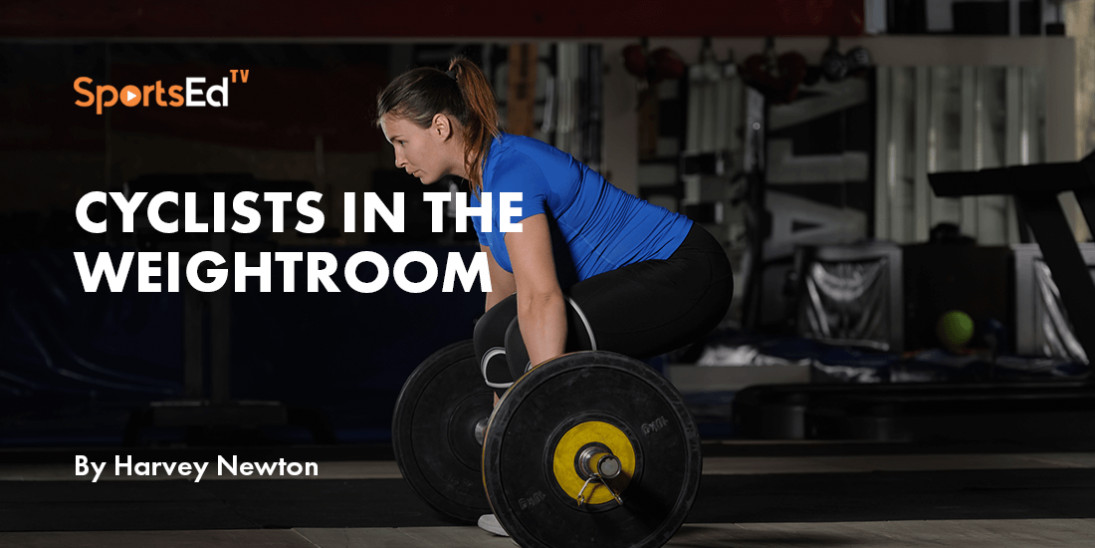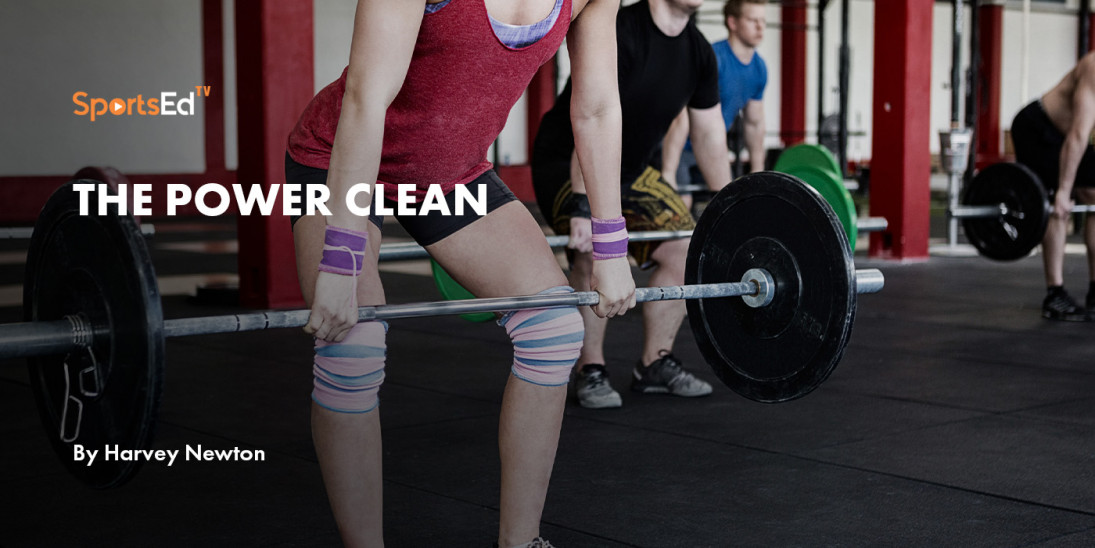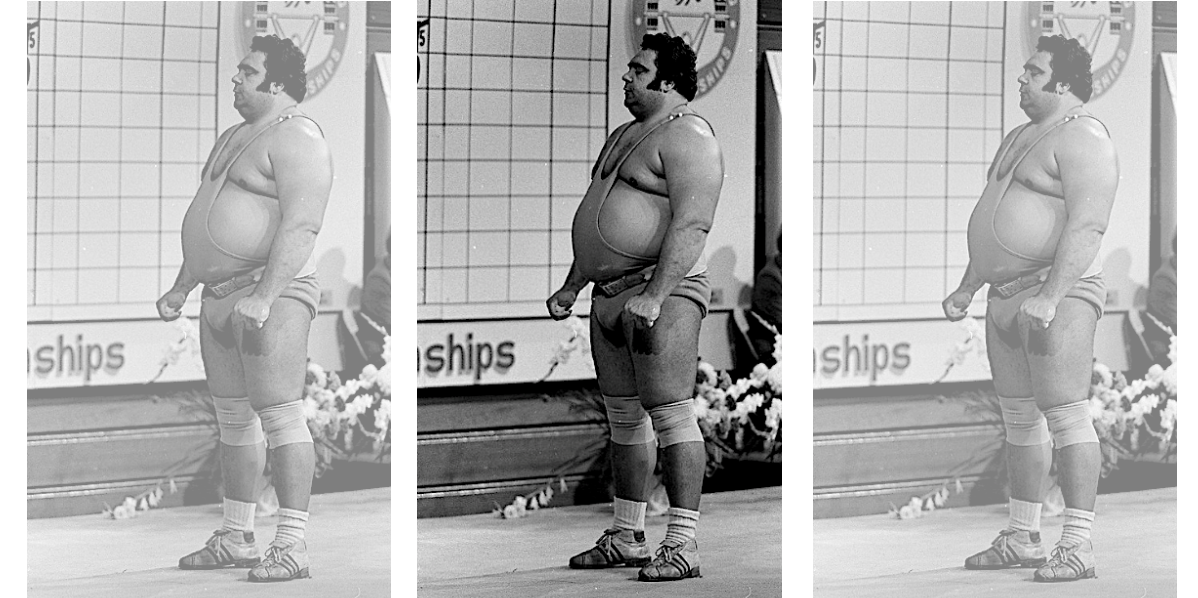Cycling
Welcome and thanks for visiting...

Seven Common Weightroom Errors Cyclists Often Make Part VII (Final)

Here’s why cyclists’ resistance training should largely consist of free-weights rather than machines.
Harvey Newton, SportsEdTV’s director for weightlifting, has been an avid cyclist for many years, including years of masters’ racing. Years ago, USA Cycling requested Coach Newton develop educational materials to further cyclists’ knowledge of off-bike training. This was later updated to the Strength Training for Cyclists System (since “retired”) that included revisions, expansions, and improvements. Through a series of weekly blogs, Coach Newton shares key information with SportsEdTV viewers.
For cyclists in the Northern Hemisphere, this time of year is the offseason. Cycling intensity and volume are reduced, off-bike training (cross-training) ramps up, with riders aiming for improved performance in the next race season. Part of this work includes weight training. Proper weight training helps improve strength and power, and it can improve injury prevention. But all too often, cyclists fail to optimize the benefits of weightroom work.
Over the years I have noticed three common issues that can minimize the benefits of resistance training for cyclists. These include:
- Improper lifting technique
- Poor choice of exercises
- Weak training program composition
From my small booklet, How to Avoid Seven Weightroom Errors, I will cover weekly these challenges. Let’s get started.
Common Error #7: Depending on machines instead of free weight, ground-based exercises.
This problem is not isolated to cyclists. Many people think resistance machines are safer than free weights. Actually, there are studies that show the opposite is true. Regardless, it is common for people to fall for the manufacturer’s claim that a particular machine is the best alternative in the weightroom. Strength and conditioning professionals seldom buy into these claims and realize that free weights offer more advantages.
One of the biggest advantages of free weights is that nearly all of the body’s muscles can be effectively trained with your feet on the ground. This ground-based characteristic is crucial to strengthening the body’s skeletal system. Just in the last few years have we become aware that cyclists, both male and female, have a problem with bone mineral density loss.
We often think of only women suffering from this. And conventional wisdom suggests that calcium, either in the diet or as a supplement, will prevent osteoporosis. Calcium has its place, but it turns out that simply performing externally loaded, ground-based resistance exercise is the best preventative measure. In other words, take a few “iron pills!”
Resisting gravity’s pull is what strengthens our bones. So, running, walking, carrying loads, etc. all help to strengthen the skeletal system. Cycling is largely a weightless activity and as a result, we’re getting no bone strengthening benefits. Over the past 25 or so years numerous scientific studies have confirmed the effects of serious cycling on an athlete’s skeletal system. A quick internet check today produces recent details that reinforce this issue.
The solution for cyclists and others is to engage in multiple-joint, large muscle group exercises with external loads. This includes exercises like squats and deadlifts, both moves in which heavy loads (more than your own bodyweight) are often used.
Check the SportsEdTV Weightlifting Library for details on both these lifts:
Scientifically designed resistance training programs address many issues related to improved cyclist health and performance. Check all the details in this series and optimize the results you can gain from sensible resistance training.
Read more:
Seven Common Weightroom Errors Cyclists Often Make Part I
Seven Common Weightroom Errors Cyclists Often Make Part II
Seven Common Weightroom Errors Cyclists Often Make Part III
Seven Common Weightroom Errors Cyclists Often Make Part IV
Seven Common Weightroom Errors Cyclists Often Make Part V
Seven Common Weightroom Errors Cyclists Often Make Part VI
Seven Common Weightroom Errors Cyclists Often Make Part VII (Final)





